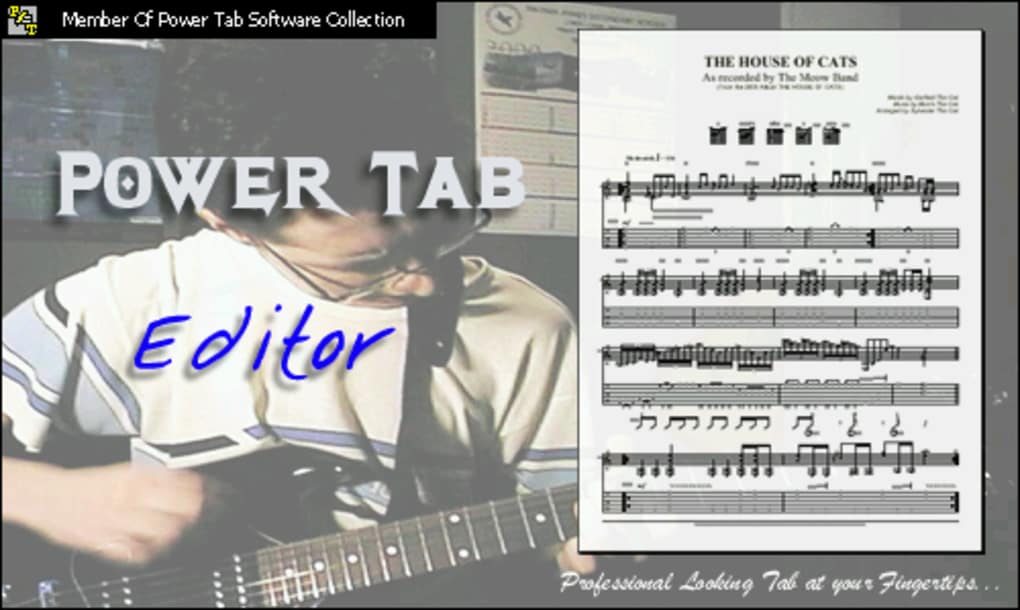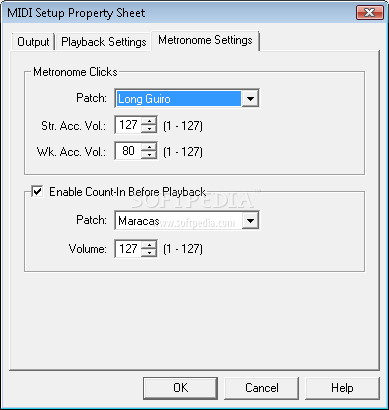


The software itself can feel a bit cramped and complicated, with menu buttons stuffed throughout the top of the application, many of which may have pop-up text but very little in the way of explanation or training. This reference lists all of the tunings for various stringed instruments, from 3 through 7 strings.You can even customize your own tuning setup if you like. Similar to the Chord Dictionary, you'll also find a neat little app called the Tuning Dictionary, by clicking on the small blue reference book icon. This alone is an excellent resource for guitar players, however the addition of such complex mini-apps in this software adds to the complexity and steepens the learning curve. The app even shows the fret finger positions for your chosen chord. In this mini-app, you can select the chord that you want to alter, then choose which type of chord (major, minor, etc.) and any alterations, extensions or additions. For example, by clicking on the red reference book icon, you'll open up the Chord Dictionary. Throughout the menu system, you'll find not only musical editing options, but also amazing reference tools. For example, to add new tabs, all you have to do is right click where you want to place the note into the score, select "Tab Numbers" and then choose the number for the notation. While there are a lot of different features throughout the menu system, most of the basic musical notation tools are available when you right click within the musical bars. At first the menu area appears a little bit overwhelming, and there is a little bit of a learning curve, especially for anyone fairly new to music composition.

You can work with various types of notes, rhythms, chords and much more. While the area where you write the music appears very simple, integrated into this screen are numerous intricate options and selections. This is the area where you're going to create your music. Once the software starts, you find yourself on the main screen. This gives you the ability to streamline the layout of your music if you tend to write music using the same layout often. This is only the initial setup, which you have an opportunity to change once the software is running. When you first install and run Power Tab, you have the option to set up a default guitar score and base score. While the sound isn't exactly a symphony orchestra, the MIDI playback gives you a very good representation of the rhythm and style of the music you've created.


 0 kommentar(er)
0 kommentar(er)
